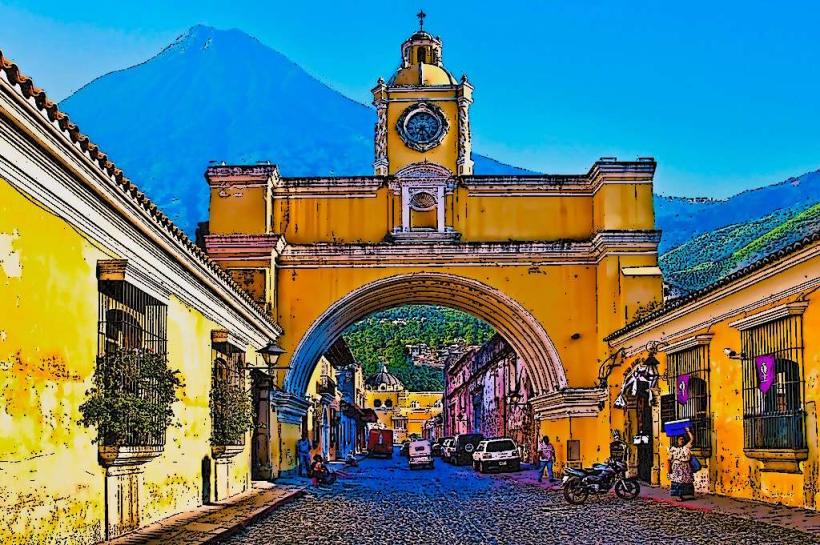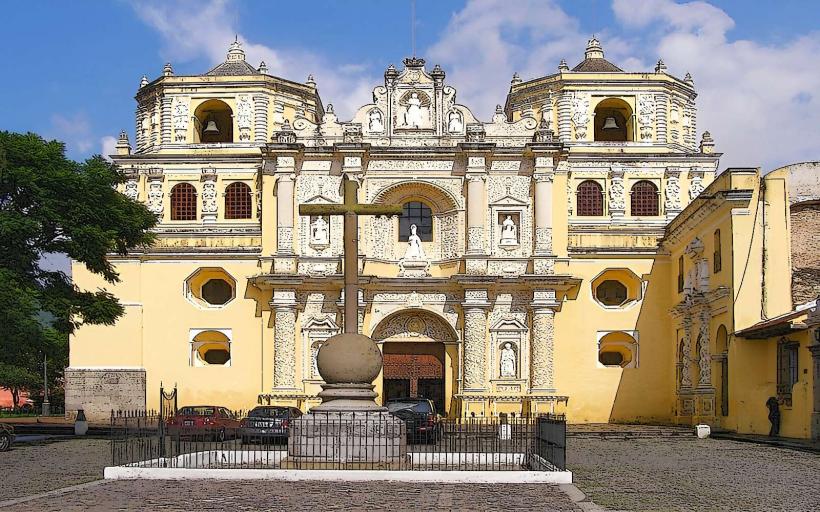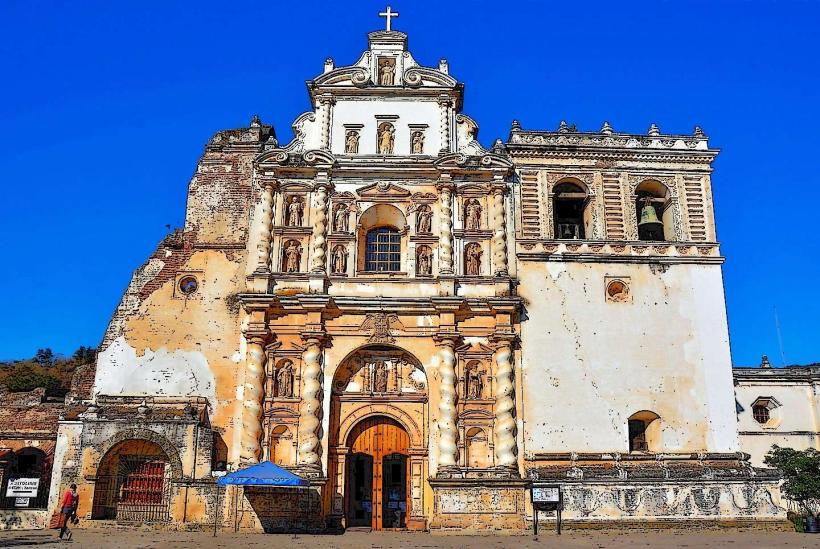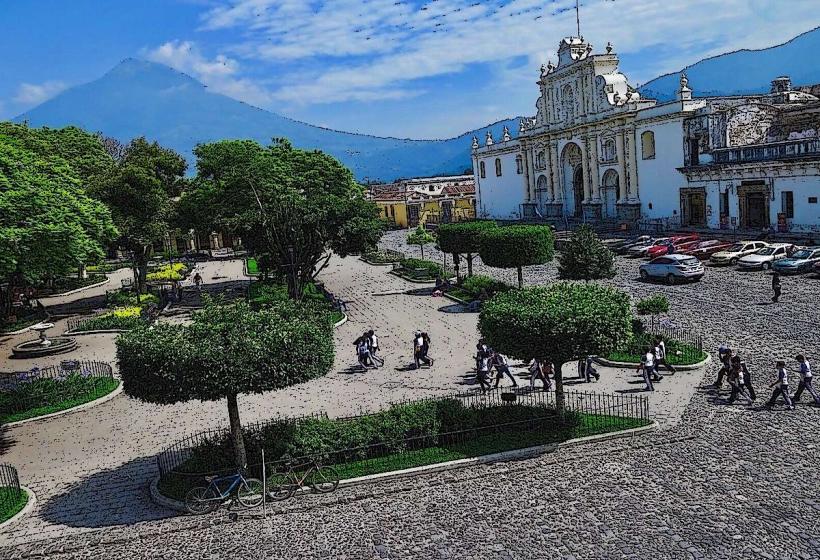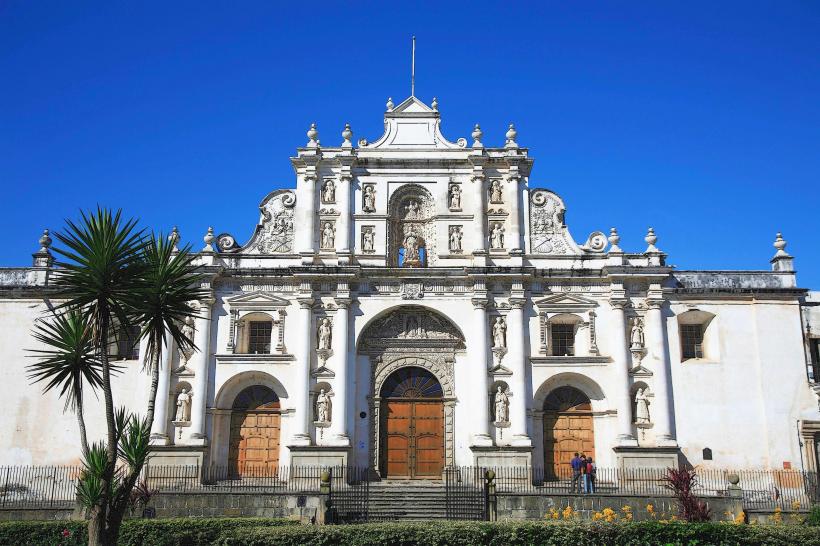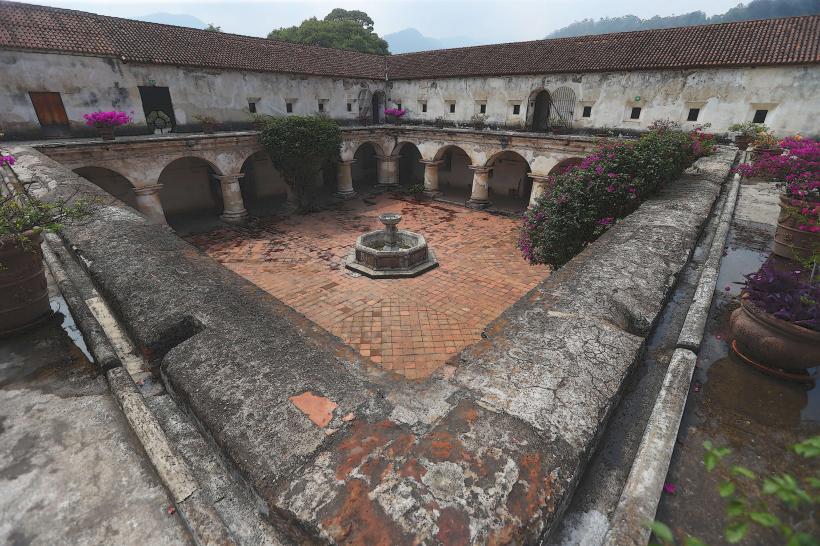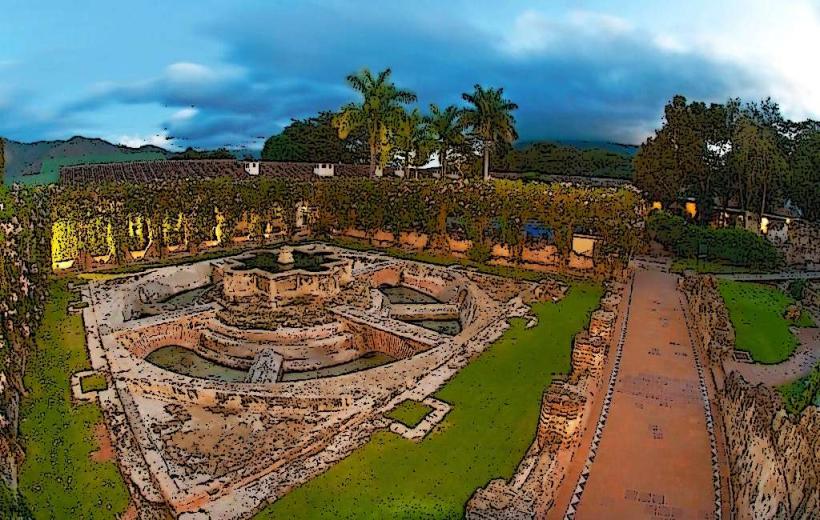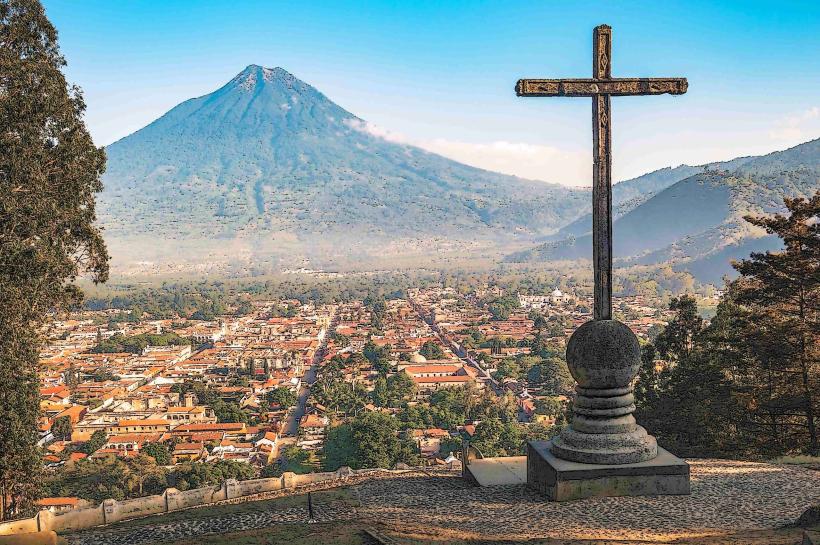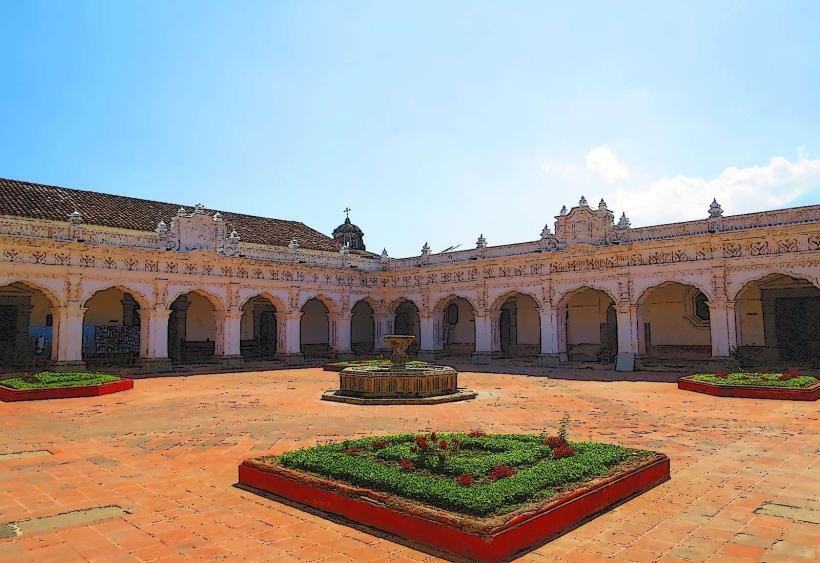Information
Landmark: San José El Viejo RuinsCity: Antigua Guatemala
Country: Guatemala
Continent: North America
San José El Viejo Ruins, Antigua Guatemala, Guatemala, North America
Overview
In the heart of Antigua Guatemala, the San José El Viejo Ruins stand as a treasured piece of history, their weathered stone walls whispering stories from centuries past, consequently these crumbling walls are all that’s left of the San José monastery, once part of a quiet Franciscan convent founded in the 1500s.The site lets you step back into Antigua’s colonial days, revealing its blend of faith and architecture, and today it stands as one of the city’s most treasured landmarks, consequently history and Significance: Founded by the Franciscans in 1595, the San José El Viejo convent stands among the oldest religious landmarks in Antigua Guatemala, its weathered stone walls still holding the warmth of the afternoon sun.For centuries, the convent shaped the city’s spiritual life, its bells calling people to prayer, while also serving as a hub for learning and charitable work, simultaneously san José El Viejo, like many of Antigua’s churches and convents, took heavy damage in the 1773 earthquake, when the ground shook hard enough to crack walls and scatter rubble across the city.After the earthquake, everyone left the site, and the antique convent’s roof began to sag under years of dust and rain, consequently over the years, most of the structure crumbled away, leaving only weathered stone ruins to whisper of its former glory.Today, the San José El Viejo Ruins rise quietly against the sky, a reminder of Antigua’s resilience and the layered beauty of its colonial past, meanwhile the site draws crowds of visitors eager to wander its historic streets, admire intricate stonework, and uncover the city’s deep religious roots.Despite the earthquake’s damage, the San José El Viejo Ruins still hold striking details, like weathered stone arches that catch the afternoon light, subsequently the crumbling stone walls reveal the colonial-era architecture of Antigua, with simple yet graceful lines shaped by the Franciscan style.The convent’s main entrance is framed by a weathered stone facade that must once have loomed tall and solemn in the sunlight, to boot much of the facade has crumbled away, but visitors can still spot bits of the original stone carvings-floral swirls and worn saints-that once graced colonial churches and monasteries.The crumbling archway and weathered columns still hint at the building’s former grandeur, like echoes of marble and shadow from another time, likewise like many monasteries from the colonial era, the San José El Viejo convent was built around a wide courtyard where sunlight spilled across worn stone paths.People once used this open space for many things-whispered prayers at dawn, lively gatherings, and the miniature chores that filled everyday life, as a result you can still view the courtyard today, where worn stone paths wind past what’s left of the heritage garden beds.Curiously, Chapels and Rooms: Though much of the interior has crumbled away, the ruins still expose fragments of the convent’s original chapels and rooms, where worn stone arches catch the afternoon light, to boot long ago, these rooms sheltered Franciscan friars, their voices rising in prayer beneath the cool stone arches.Interestingly, You can still witness fragments of arches, stretches of worn stone walls, and a few cramped chambers, and they make it easy to picture the convent as it stood before it fell into ruin, moreover the San José El Viejo Ruins have been carefully restored in places, shoring up crumbling stone walls to protect what’s left of the site.The ruins aren’t fully restored, but they’ve been shored up and you can now wander among their sun‑warmed stones, and people often gather at the site for cultural events, art exhibitions, and educational programs, and crews keep working to restore its weathered stone walls bit by bit.I think, Visiting San José El Viejo Ruins: Tucked away from Antigua’s bustle, the San José El Viejo Ruins offer a calm, almost hushed atmosphere-sunlight spills over weathered stone, making it a gentle escape from the city’s crowded landmarks, furthermore it may not draw the same crowds as other ruins nearby, but here you can wander through Antigua’s colonial past in a quieter spot, where worn stones still hold the afternoon heat.Just a few minutes’ saunter from Antigua’s Central Park, the San José El Viejo Ruins slip easily into any afternoon stroll, their gates usually open to visitors throughout the day, as a result before you go, check the exact opening hours-some days they close earlier than you’d expect.Admission usually costs a compact fee, about the price of a cup of coffee, subsequently money raised often goes toward keeping the site in good shape, from repairing worn stone steps to caring for its historic walls.Just a short trek away, you’ll find Parque Central with its lively square and stately ancient buildings, the shining yellow Baroque beauty of La Merced Church, the famous Santa Catalina Arch framing views of distant volcanoes, and Casa Santo Domingo, a former convent turned into a hotel and cultural center, while together, they make the San José El Viejo Ruins a vivid window into Antigua Guatemala’s colonial past, under certain circumstances Most of the original structure has crumbled away, but the weathered stone arches that remain still speak of the city’s deep architectural and spiritual roots, also if you want to wander through Antigua’s quieter, more historic side, step into the San José El Viejo Ruins, where sunlit stone walls invite a deliberate, reflective pause.
Author: Tourist Landmarks
Date: 2025-09-14

